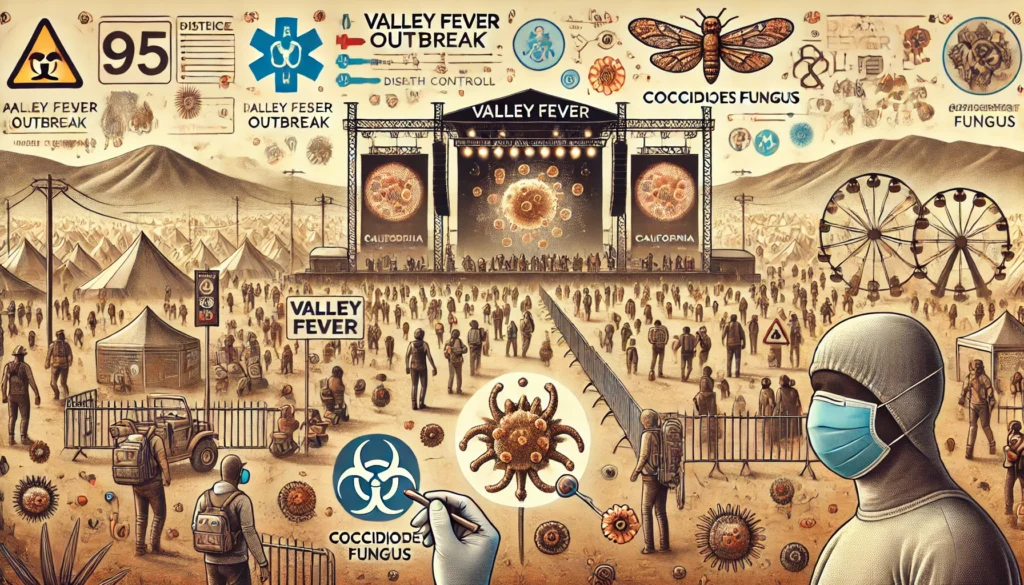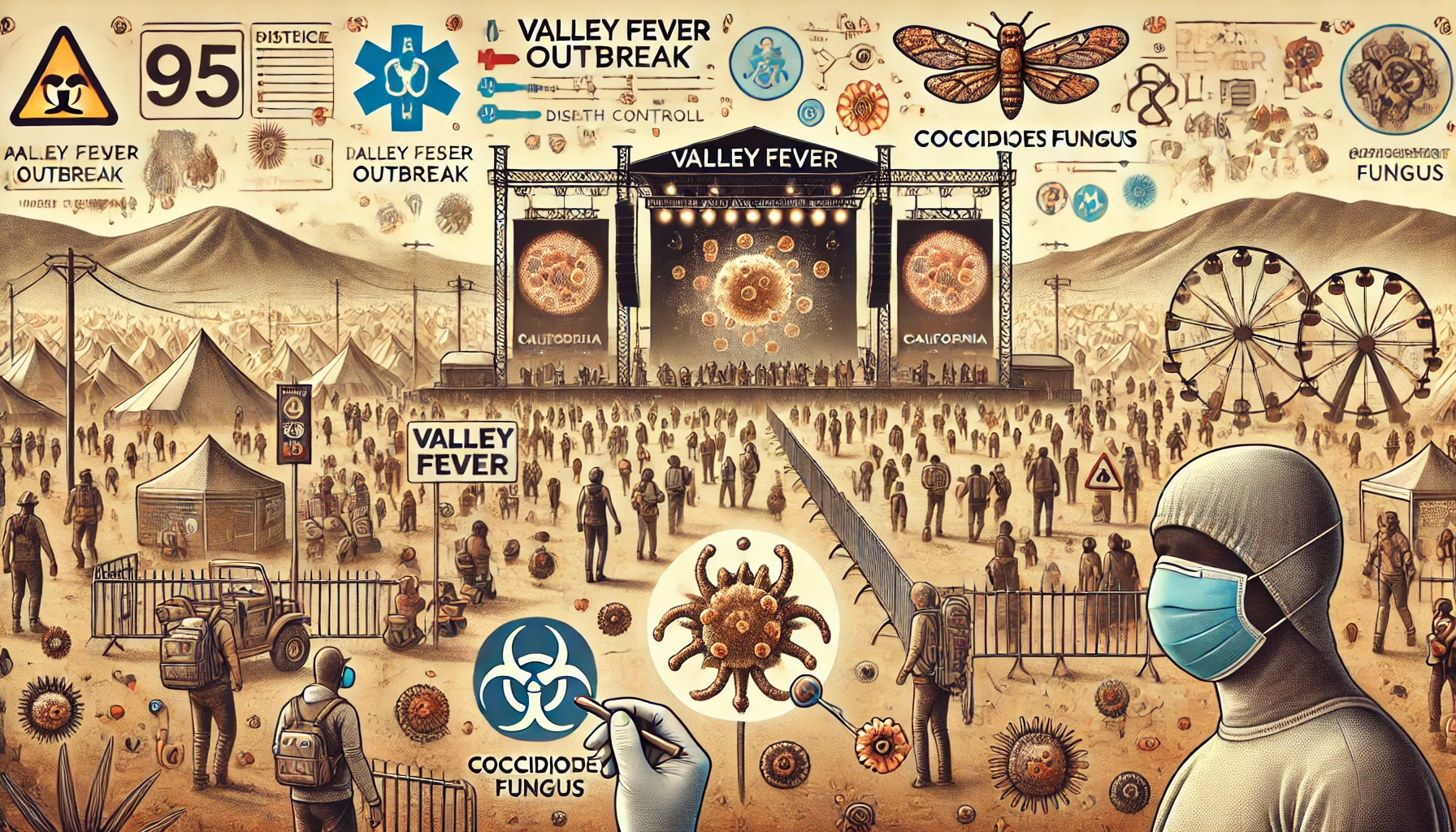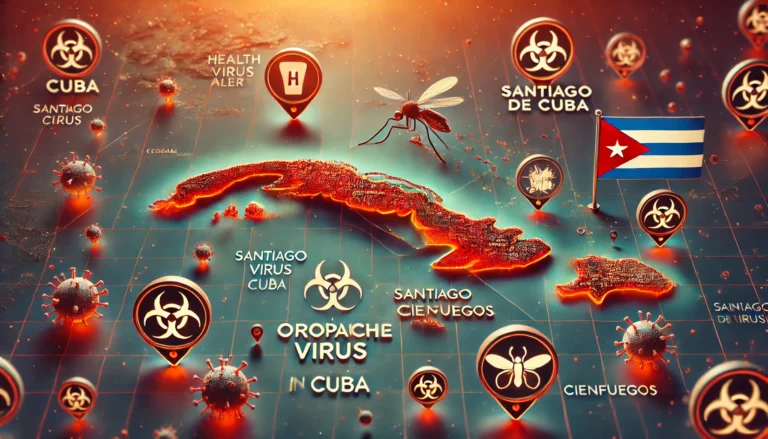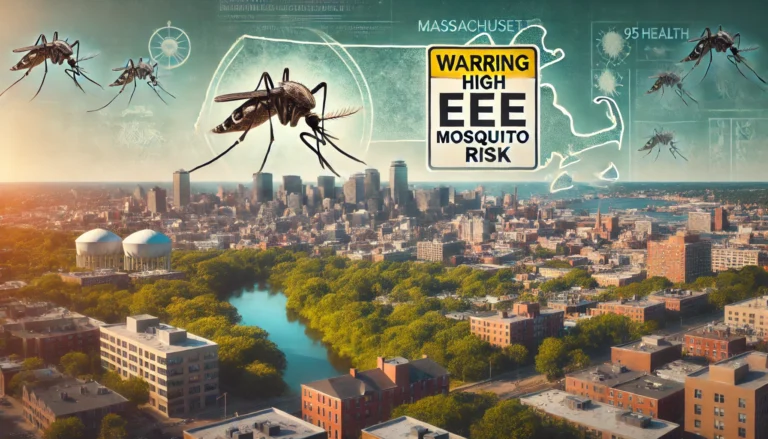Valley Fever Outbreak at California Festival: Q&A
Q1: What is Valley Fever?
A1: Valley fever, also known as coccidioidomycosis, is an infection caused by inhaling spores of the Coccidioides fungus. This fungus lives in the soil of certain areas in California and the southwestern United States. When soil is disturbed by activities like construction or strong winds, the spores become airborne and can be inhaled, leading to infection. Symptoms include fatigue, cough, fever, and chest pain. In severe cases, the infection can spread beyond the lungs, causing more serious health issues.
Q2: What happened at the California festival?
A2: Recently, a popular music festival in California experienced an outbreak of Valley fever among its attendees. The California Department of Public Health (CDPH) reported an increase in cases following the event, leading to multiple hospitalizations. This incident has highlighted the risk of Valley fever in areas where the fungus is prevalent and the importance of awareness and preventive measures for attendees of large outdoor events.
Q3: How is Valley Fever diagnosed and treated?
A3: Diagnosing Valley fever can be challenging because its symptoms are similar to those of other respiratory illnesses. Diagnosis typically involves a clinical evaluation, imaging studies like chest X-rays, and laboratory tests to detect antibodies or the fungus in body fluids. Treatment varies based on severity; mild cases often resolve without treatment, while severe cases may require antifungal medications. In some instances, hospitalization may be necessary for intensive care.

Q4: How can people prevent Valley Fever?
A4: Preventing Valley fever involves minimizing exposure to dust in endemic areas. Here are some key recommendations:
- Avoid Dusty Areas: Limit activities that generate dust, especially during windy conditions.
- Use Protective Gear: Wear masks and other protective equipment if you must be in dusty environments.
- Stay Informed: Follow public health advisories and updates on Valley fever outbreaks.
Farm workers, construction workers, and others who work outdoors in areas where the fungus is endemic should take extra precautions and adhere to safety guidelines to reduce their risk of infection.
Q5: What are the public health responses to Valley Fever?
A5: The CDPH and the Centers for Disease Control and Prevention (CDC) actively monitor and respond to Valley fever outbreaks. Public health measures include raising awareness, providing guidelines for dust control, and conducting ongoing research to better understand and manage the disease. They also offer resources and support for those affected by Valley fever and work to improve diagnostic and treatment methods.







